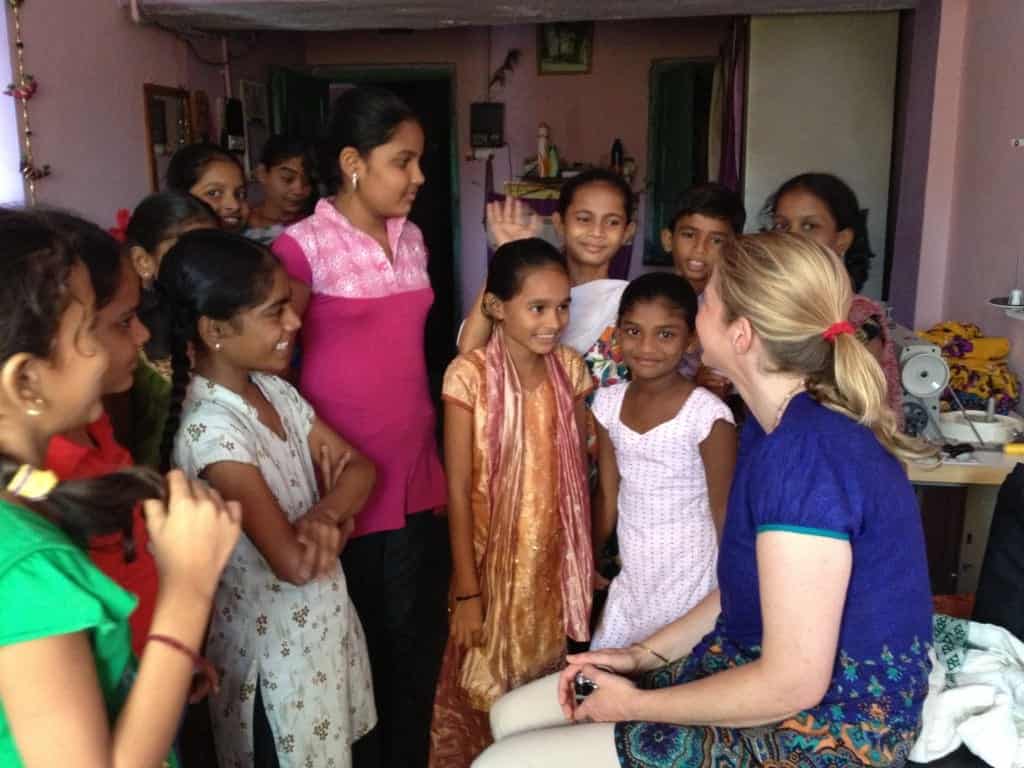
Women’s World Banking develops innovative financial products to meet the dynamic needs throughout a woman’s life, but we start when she is a girl. Why? Simple: because girls are agents of change (GirlEffect). Research shows that by serving a girl during adolescence, development programs can have the greatest impact not only in her life but empower her to be a catalyst for change in her family and community. Taking this to heart, we’ve been to Mongolia, the Dominican Republic, Nigeria and Ethiopia to work with our network members to design and test innovative savings and financial education programs that serve girls, with a focus on bringing those innovations to scale with even more partners.
Thus, I’m excited to share that I just came back from Ahmedabad, India, to kick off a girls’ savings and financial education project with SEWA Bank. The idea behind this project is to help girls ages 10 to 18 build assets in their own names through banking and building their financial capability at a young age. And by offering savings to this young segment, SEWA Bank can get closer to its next generation of clients. Women’s World Banking has already done tremendous work with SEWA Bank on providing savings and financial education for adult women, and we will apply learnings from this project to girls’ savings as well.
The focus of my kickoff trip to India was an in-depth sector analysis in order to understand the regulatory environment, the landscape of financial services for youth, and the socioeconomic and cultural contexts for serving girls. There is untapped market potential for financial institutions: we found that close to 30% of girls in SEWA Bank’s target market are under the poverty line, and this group is not being served by existing youth savings products in the market. Also, girls in Ahmedabad and Gujarat, as compared to rest of India, have higher literacy rates, school retention, and lower early marriage rates—positive indicators that can promote greater participation by girls in the community and potentially increased access to the savings and financial education program being developed at SEWA Bank.

After having conducted extensive secondary research before the trip, we spoke to a number of key stakeholders on the ground, such as the Reserve Bank of India, Population Council, CARE-India, local NGOs, and more. We also conducted a few preliminary focus groups with girls and their mothers to identify some of the needs and gaps in the market, which we will follow up with an in-depth research engagement. In addition to the sector analysis, we also visited a number of SEWA Bank branches and conducted interviews with staff and saathis (the bank’s roving ‘agents’) in order to understand the implications of the existing operations for girls.
On our next visit, we will be conducting the comprehensive customer research, consisting of focus groups and in-depth interviews with both girls and her parents. Our research will focus on the following areas:
- Product and Tools: What kind of account is best for young girls? What terms? What kinds of banking tools should we use?
- Financial Education (FE): How to develop an FE program that continues, even between sessions? What FE content is most relevant?
- Program Design: What is the best way to reach girls regularly? How best to involve the parents in financial education and awareness? How should the girls be segmented?
We’re going back before the end of the year, and I look forward to coming back to the blog and reporting on our initial findings!
Follow Ryan on Twitter: @RyanNewton_



